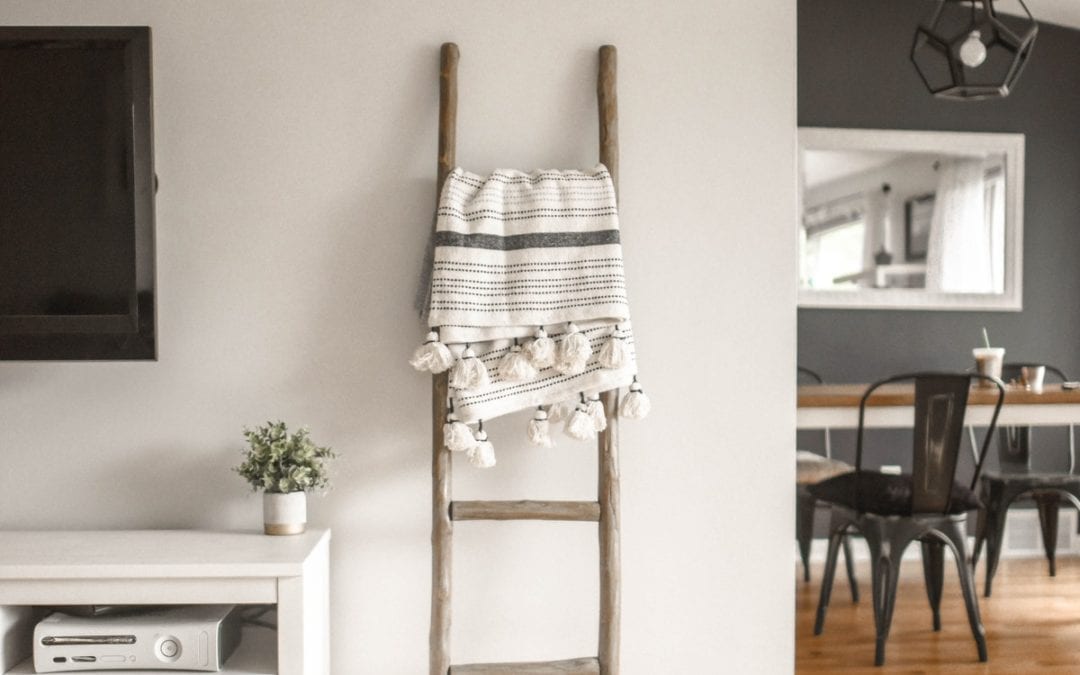Take a look at the following ideas how to sanitise and deep clean the hard floors at home:
Tiles and grout lines are some of the most typical floor and wall coverings. The tiles are easier to clean and they get dirty quite less, than a typical carpet covering, for example. Nevertheless, the tiled floors in the kitchen and in the bathroom need a thorough deep cleaning at least twice a year.
A rental floor-scrubbing machine is the perfect choice in this case, especially if you put some sanitising agent to the cleaning detergent. The scrubbing effect is flawless even for absolute flat tiles and grout lines with the same level as the tiles themselves. Even if the grout lines are wider and relatively lower than the surface of the tiles, the scrubbing machine can deal with the heaviest blemishes and even with the dry dirty spots. After deep cleaning, you probably want to apply a sealing spray to the grout lines to make the new outlook longer lasting.
Deep cleaning stone surfaces with rugged surfaces and irregular shapes is a little bit on the difficult to clean. For example, let’s take a huge countertop in the kitchen or an entire floor in the bathroom that’s made out of stone tiles. The irregular surface is a magnet for dirt, sand and microorganisms, as well as quite tricky for cleaning via scrubbing machine.
That’s why you may need to make yourself a quick homemade detergent:
- Mix hot (but not boiling) water, baking soda, rubbing alcohol and dishwashing detergent.
- Make a paste in a medium bowl and the only tools that you’ll need are a grooming brush or an old toothbrush, as well as clean clothes or paper towels.
- Pour a small amount of the solution onto the heavily stained areas, then, let it soak up through the pores of the stone and to dissolve even the heaviest dirt. A couple of minutes should be enough, but a dozen minutes or even a couple of hours are recommended for very rugged and irregular stone textures.
- Then, rub and dab the stain with the clean towel and wipe off the dissolved excess.
- Repeat within a few hours the same procedure if needed and then wash thoroughly the entire stone floor with clean water.
The laminate floorings are quite invulnerable to staining, but only if you take good care of them. Regular mopping is the key to keep laminate floorings, as well as to prevent any texture loss and discolouration. Vacuuming should be done beforehand to remove all dust, dirt, hair or pet fur.
Mop the laminate floor: Add a tiny amount of a deodorising and sanitising agent in the bucket of the mop, and combine pre-vacuuming with mopping as the best way for deep cleaning. Keep the clean effect by mopping every few days and go through all the edges of the room with the vacuum cleaner at least once in a week.

